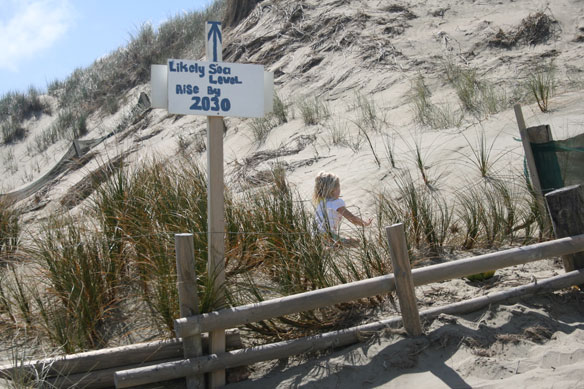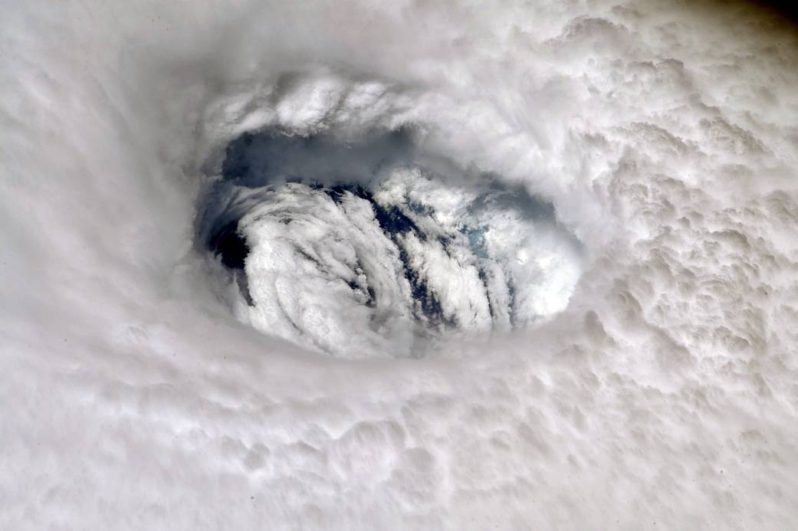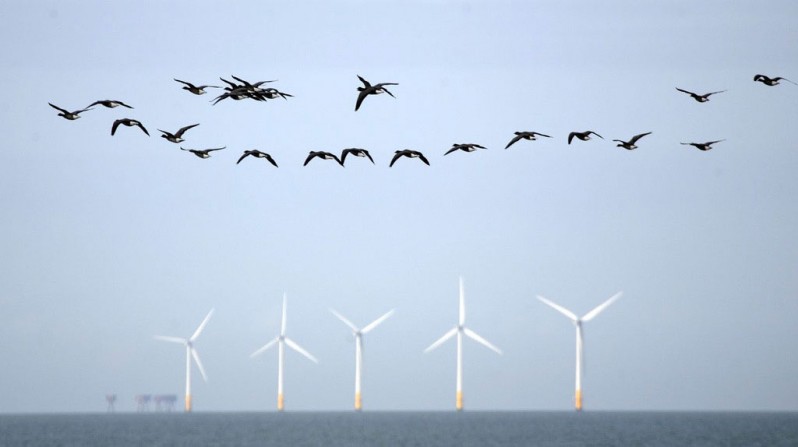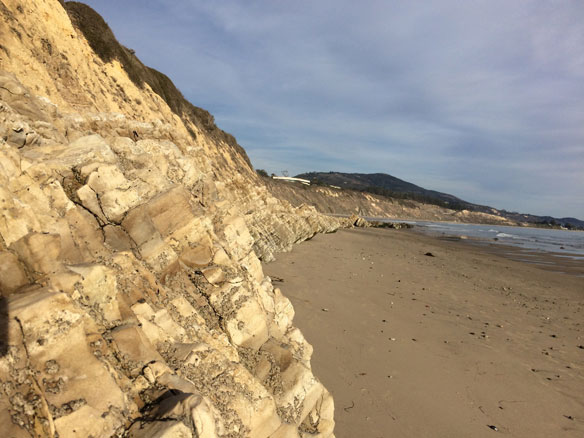Global Climate Report – May 2020: Earth ties record high heat May reading

The global land and ocean surface temperature for May 2020 tied with 2016 as the highest in the 141-year record at 0.95°C (1.71°F) above the 20th century average of 14.8°C (58.6°F). The 10 warmest Mays have all occurred since 1998
US ranks 24th in the world on environmental performance

The United States isn’t doing a good job of protecting the environment, according to researchers at Yale and Columbia universities. The U.S. ranks 24th in the 2020 Environmental Performance Index, released Thursday. The poor ranking, putting the United States behind most of Europe, reflects the nation’s growing environmental and sustainability problems
Two vital buffers against climate change are just offshore

A new study finds that about 31 million people worldwide live in coastal regions that are “highly vulnerable” to future tropical storms and sea-level rise driven by climate change. In some of those regions, however, powerful defenses are located just offshore.
Antarctic ice sheets capable of retreating up to 50 meters per day

The ice shelves surrounding the Antarctic coastline retreated at speeds of up to 50 meters per day at the end of the last Ice Age, far more rapid than the satellite-derived retreat rates observed today, new research has found.
Climate concerns as Siberia experiences record-breaking heat

One of the coldest regions on earth has been experiencing a record-breaking heat wave in recent weeks amid growing fears about devastating wildfires and melting permafrost.
Long-term data show hurricanes are getting stronger

In almost every region of the world where hurricanes form, their maximum sustained winds are getting stronger. That is according to a new study involving an analysis of nearly 40 years of hurricane satellite imagery.
Will floating turbines usher in a new wave of offshore wind?

As locations for wind energy fill up onshore and near-shore, companies are deploying floating turbines that can be sited in deep waters, out of view from the coast. Proponents contend the new technology could boost the wind industry, but daunting challenges, including costs, remain.
Connecting coastal processes with global systems

We live, work, and play at the coast. About 40 percent of the world’s population currently lives near the coast. By 2100, more than twice as many people could live in areas susceptible to flooding, given sea level rise, urban growth, and high carbon dioxide emission scenarios.
The Great Lakes are higher than they’ve ever been, and we’re not sure what will happen next

Lakeside living comes with a new premium: flooding and lots of uncertainty.
